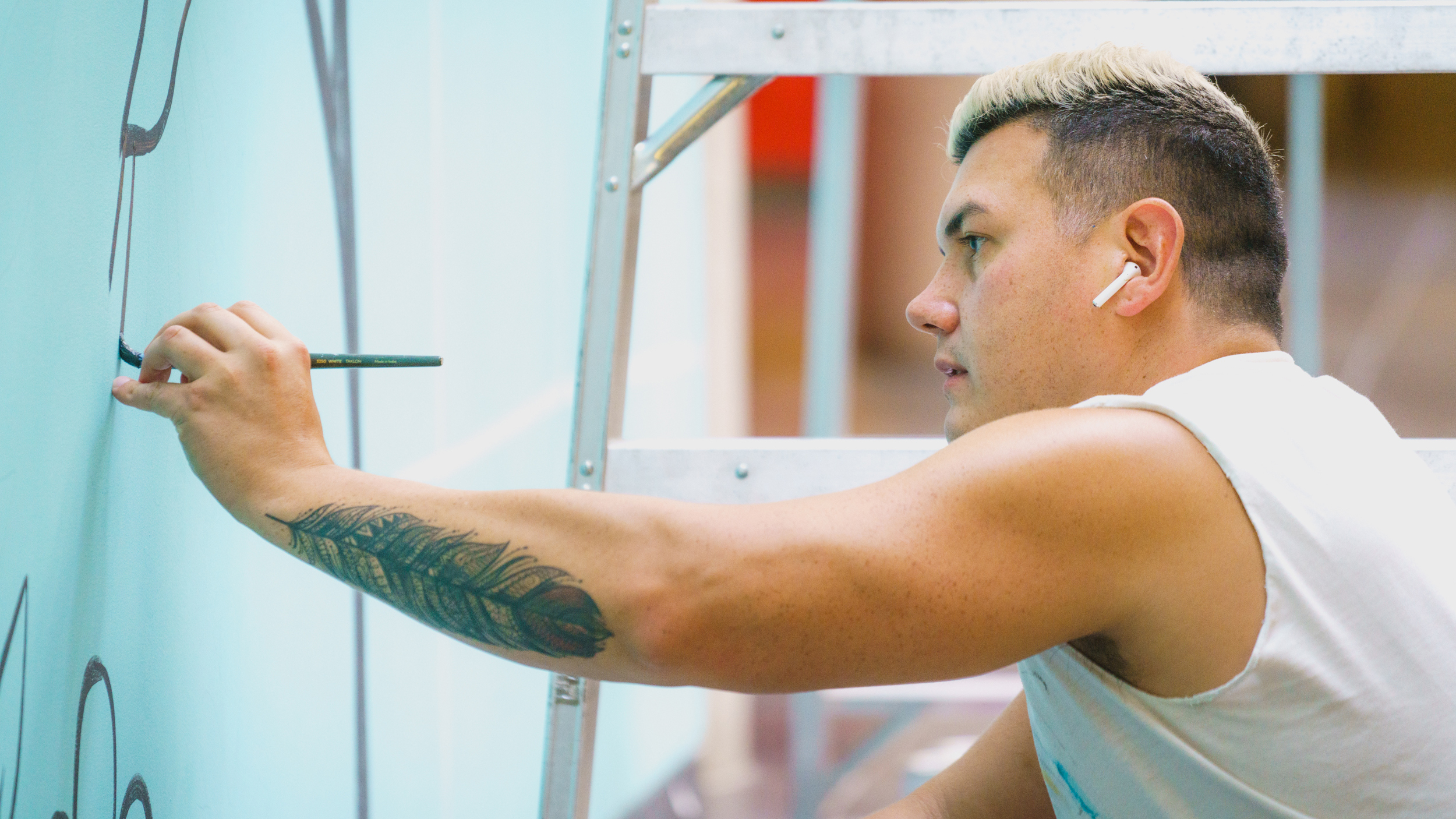Jolene Heida does not see herself or her community as damaged but rather the systems in place that mistreat them.
“The impact of settler colonialism, violence, poverty, and racism are forms of trauma, meaning every Indigenous person I work with experienced some form of trauma in their lives,” she said.
Heida is a local Indigenous social worker who practices in Bradford, Ont.
“If we don’t include the structural connections to like settler colonialism, for example, then all we’re left with is damage,” she said.
Heida said Indigenous People provided society with the truth and now it is their turn to support the change.
Social worker Brittany Madigan said while intergenerational trauma is passed down as is intergenerational resilience.
“There has been more truth than reconciliation through more reports, and discussions instead of action since so much more work still needs to be done, but there is movement,” Madigan said.
IGNITE’s student advocate Jessica Carrera told Humber News the Truth and Reconciliation March occurred at the Lakeshore campus on Sept. 25. The 1.5-kilometre walk was to build unity.
Carrera said supporters marched with orange shirts and donations for the walk will go towards four Indigenous charities and Indigenous students on campus.
Indigenous artist Patrick Hunter designed 200 orange shirts for the walk.
He said the shirt design has a turtle since Indigenous People call North America Turtle Island and a hand in the middle of it to represent a child’s hand.
Hunter said seeds are in the middle of the hand to emphasize poet Dinos Christianopoulos’ quote: “They tried to bury us. They didn’t know we were seeds.”
He said his artwork brings him closer to his culture.
“My mother was a ’60s Scoop survivor and it is the construct of that idea, trying to kill the Indian in a child which can create an identity crisis in people,” Hunter said.

A close-up of the white turtle outline and hand in the middle of the orange shirt to show unity when worn on Humber's walk of reconciliation. Photo credit: Julia Vellucci
For the floral and feather at a University of Guelph-Humber mural, he said he wanted to paint something that made Indigenous students have some culture welcoming them.
Indigenous artist Siera Hancharyk had a booth mainly selling beaded and gemstone jewelry at Humber’s North campus.
“With reconciliation, you need ‘reconcili-action,'” she said. “We need to see action, not just speaking.”
Hancharyk said as an intergenerational residential school survivor through family, she knew the truth but the school did not teach them the truth.
“If you start to look at the systems that are in place that allowed residential schools, a lot of the same thinking patterns, and a lot of the same systems are still in place. This is just a continuation of that legacy,” Heida said.
She said September and June are the “trendy” months to support Indigenous people, but the support should not lessen throughout the other months.
Heida said her job is to support the people who are currently doing the work and that there is “much strength” in Indigenous communities across Ontario.
“We need actual action and we need actual support,” she said.
This is why when it comes to Indigenous communities, people must think about who they are and why they care, she said.

